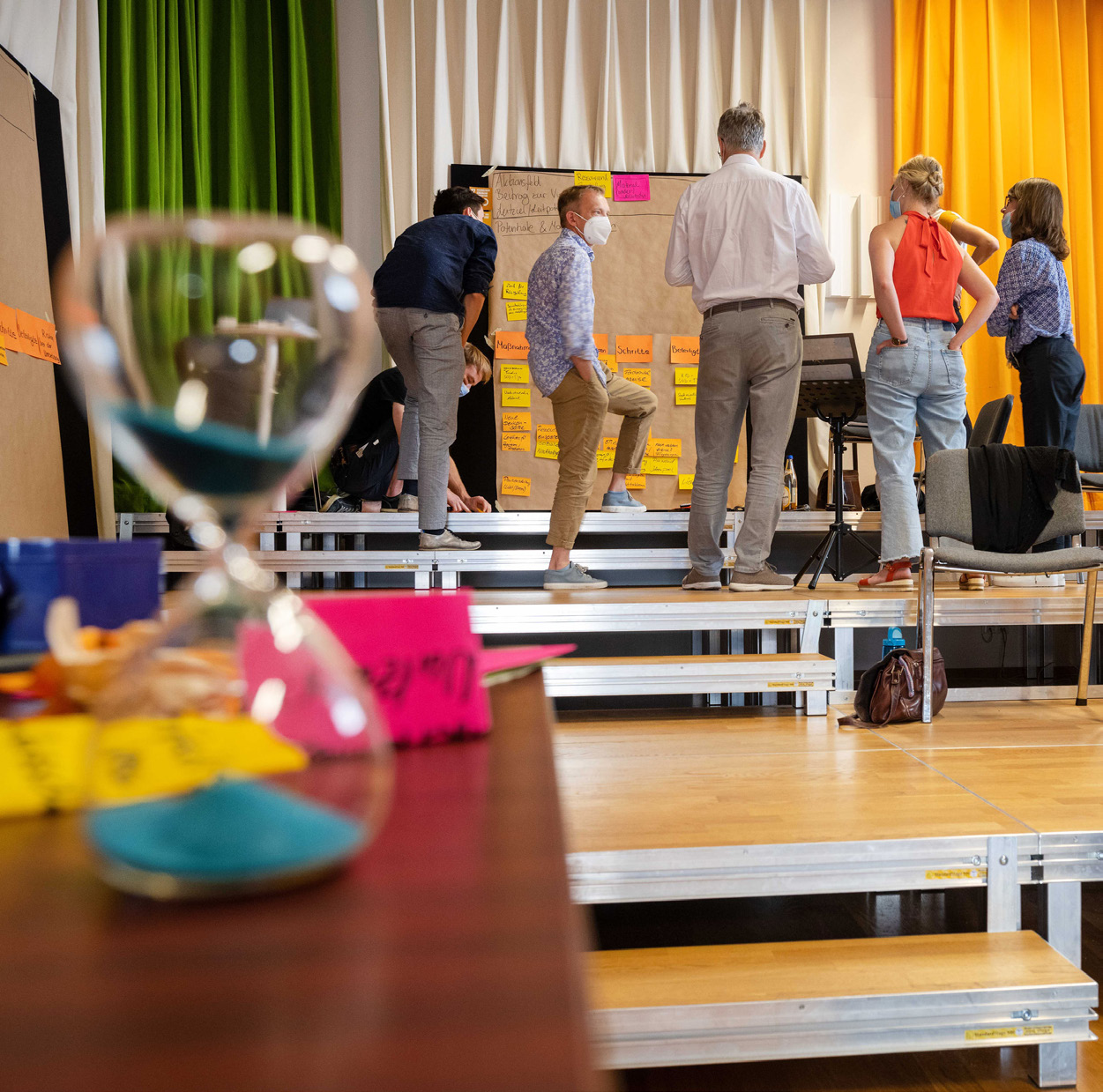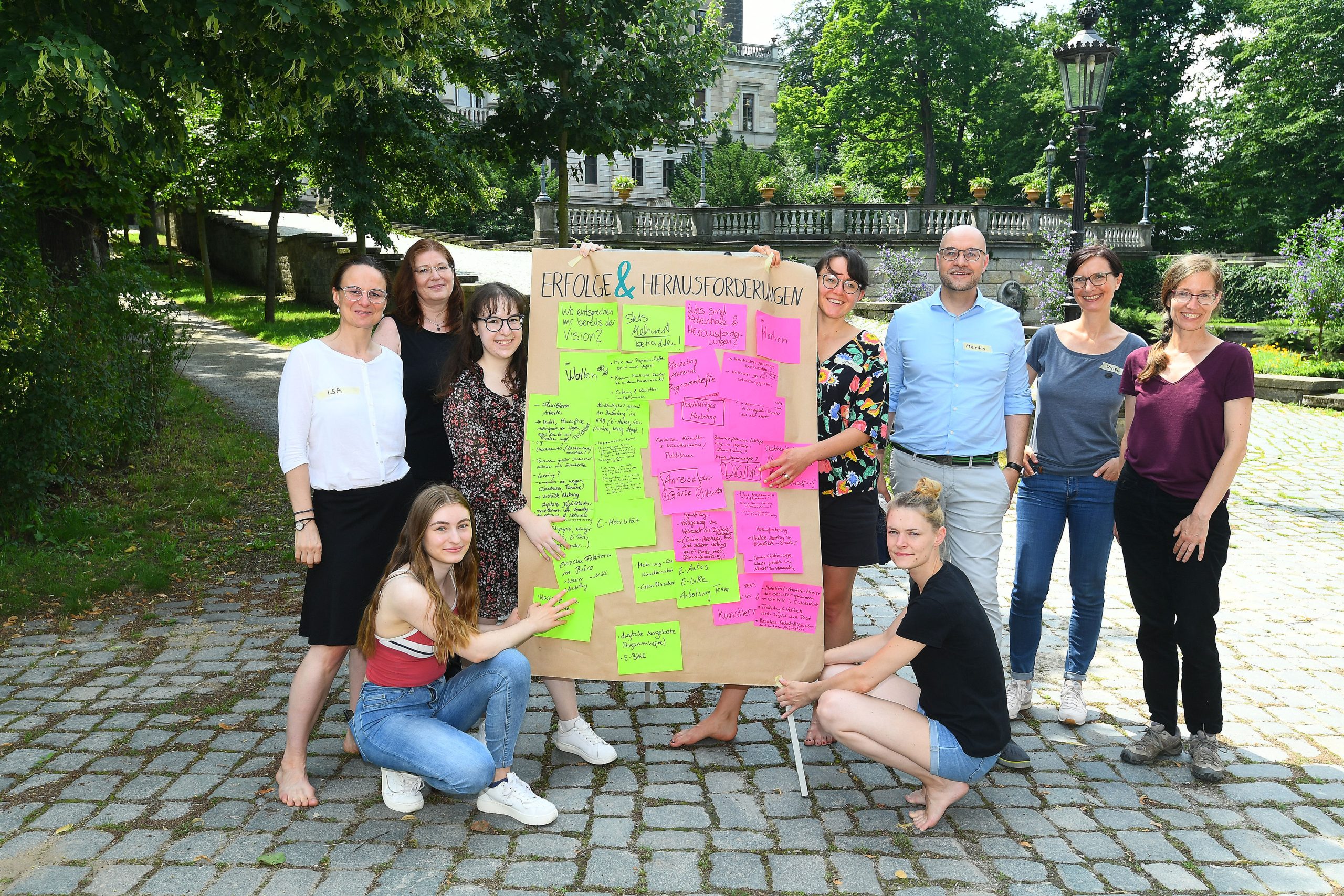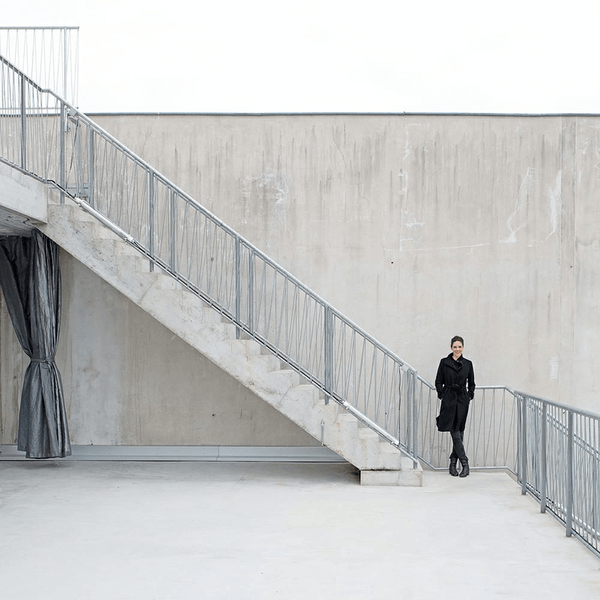Status
completed
100%
City
Dresden
Main actors
Local Government, National Government, Private Sector, NGO / Philanthropy, Community / Citizen Group
Project area
Whole City/Administrative Region
Duration
2020 - 2022
The Culture for Future project accompanies the creation and implementation of sustainability strategies in Dresden's cultural institutions. It was initiated by the Dresden Office for Culture and Monument Protection and the Dresden Environmental Centre and is supported in its implementation by the independent think tank and advisory institution for climate, environment and development adelphi. It is funded by the Council for Sustainable Development.
Five cultural institutions from different cultural areas were deliberately selected for the pilot project, from orchestras to museums, libraries, theatres and music festivals. The different catalogues of measures and approaches adapted to the respective institution are intended to provide orientation for the sustainability strategy of other institutions. The successes of these five lighthouse projects and the respective challenges in the process are intended to further establish sustainability as a topic in culture and illustrate it with practical examples.
Originally published by Eurocities – Cultural Heritage In Action: LINK
On Map
The Map will be displayed after accepting cookie policy




